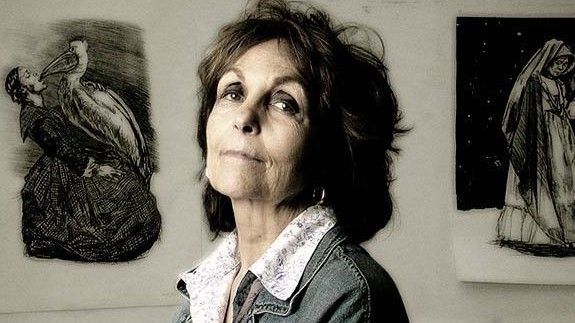Researchers contributed commentaries, marking the publication as the first step in a deeper study of his archive.
A book featuring a selection of previously unpublished letters by José Malhoa was released on Sunday, 26 October, in Figueiró dos Vinhos, in the Leiria district, revealing new insights into the painter’s life and work.
Titled 1911–1933 Cartas Figueiroenses de José Malhoa, the book resulted from the first research conducted on the documentary collection acquired by the municipality of Figueiró dos Vinhos in 2020, which included 150 private letters by Malhoa.
The publication was coordinated by Maria de Aires Silveira and Luís Borges da Gama, who had discovered the collection of documents acquired by the town council, which eventually formed the basis of the book.
The municipality described the work as “of great historical and cultural value, deepening knowledge of José Malhoa, a key figure in Portuguese Naturalism, and his connection to Figueiró dos Vinhos.”
According to researcher Maria de Aires Silveira, the correspondence was divided into two periods: “Around one hundred letters were addressed to the friend Cruz Magalhães, from 1911 to 1914.” Artur Ernesto Cruz Magalhães (1864–1928) was a collector, poet, critic, humourist, and founder of the Museu Bordalo Pinheiro in Lisbon.
Another series of letters, “around 40 in total, were sent to Julieta Ferrão, written between 1923 and the painter’s death in 1933.” Julieta Ferrão (1899–1974) was a conservator, historian, artist, and the first woman to direct a museum in Portugal, also the Museu Bordalo Pinheiro.
Silveira noted that most letters were particularly interesting as they were addressed to friends, reflecting candid thoughts, life attitudes, and critiques of the First Republic era. Many letters were written from Figueiró dos Vinhos, where Malhoa spent roughly half the year, offering new perspectives on familiar aspects of his life.
The book also invited several researchers on Malhoa’s life and work to select and comment on a letter, including Sandra Leandro, Isabel Falcão, José António Falcão, Matilde Tomás do Couto, and Margarida Herdade Lucas.
Silveira described the publication as a first step in research, emphasising the importance of further study of this significant municipal acquisition for understanding José Malhoa.














